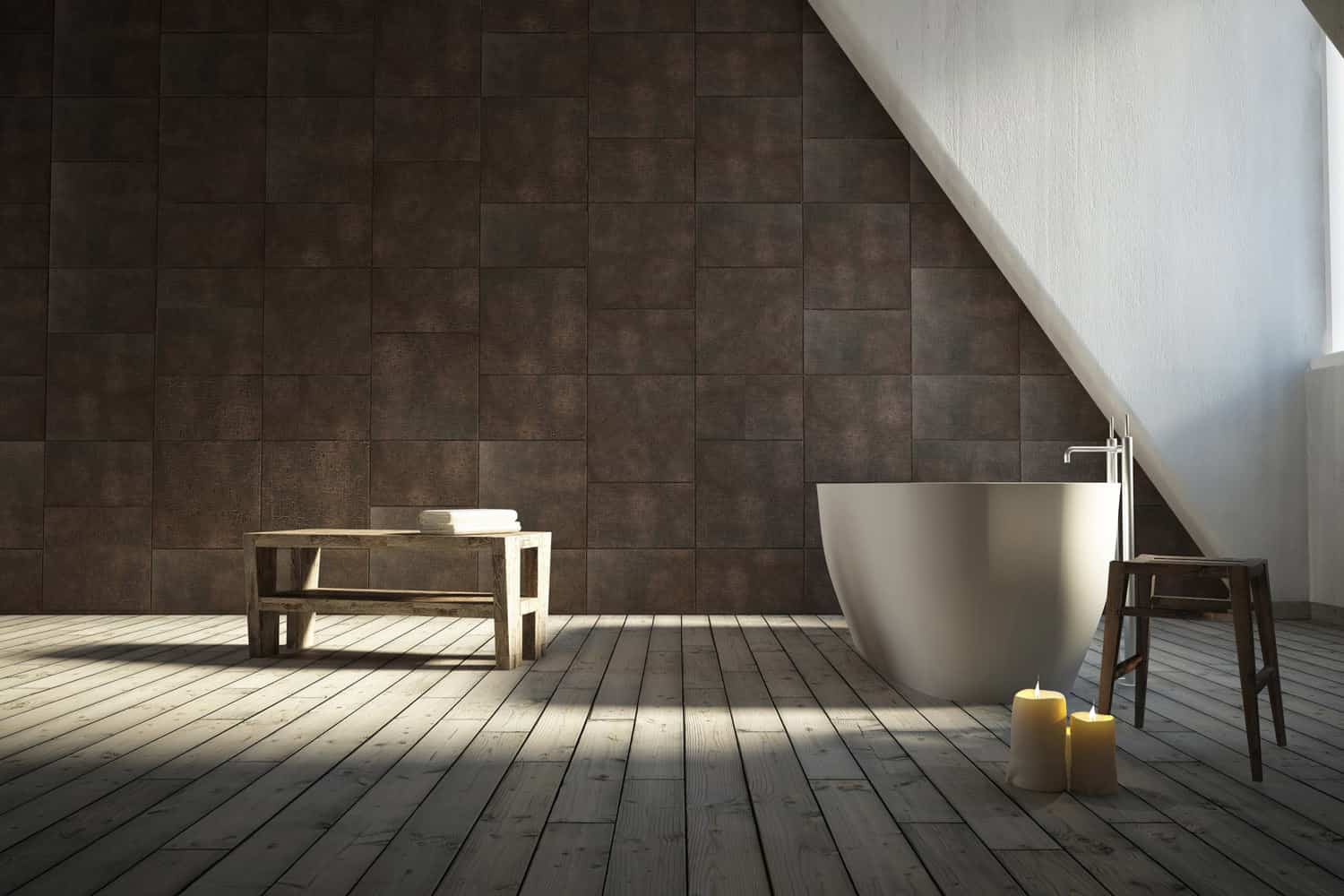Wall tiles manufacturers are today offering a wide range of tiles in different materials, shapes and styles. With their long life and unique look, tiles are becoming popular for both walls and floors. However, you must consider the following factors before buying tiles for your home:
Wall tiles & floor tiles
Your home will probably need both. Decide beforehand about the extent of tiling you are looking for. Today you can do your entire walls and floors in tiles. Floor tiles in different patterns have been the norm for some time now. From wooden tiles to natural stone tiles, like marble, floor tiles can fit any look and budget.
Wall tiles for areas other than bathroom and kitchen are relatively less common. However, there is really no good reason why you should not consider wall tiles as well. Today, wall tiles manufacturers are bringing new designs and materials that can completely transform a room. Additionally, wall tiles are much easier to maintain than a regular paint job. But before you contact a wall tile supplier, decide on the rooms that need tiling work and ask your contractor to give you a rough estimate of the quantity required.
Gloss or Matt
Tiles can have gloss or matt finish. Both have their uses and ideal placement. Glossy tiles have reflective surfaces that can open up a space, giving it an illusion of space. This makes them ideal for small spaces like bathrooms. Matt tiles, on the other hand, have a more muted effect. Matt effect in pastel shades has a calming effect. These are perfect for bigger room living room that need a more subtle touch.
Material
There is a wide variety of materials that are used to make tiles today. These include ceramic, porcelain, wood, glass, natural stones like marble, travertine, sandstone, granite and more. Your choice can depend on the budget, the style or your own preference. Each of these has its own advantages and disadvantages.
For instance, ceramic tiles are sturdy and cost-effective. On the other hand, ceramic tiles are also quite common. Natural stones have a rich luxurious look, but these are expensive and seldom moisture resistant. To know your options ask the wall tiles manufacturer to supply you with a detailed portfolio.
Class of tile
For the purpose of segregating them by quality many tiles, like ceramic tiles, are divided into different classes. This helps in identifying the type os tile we need. In ceramic tiles, Class 1 and Class 2 tiles are only used for walls. These tiles are not strong enough for heavy foot traffic. Class 3 and 4 are good for residential flooring, while only Class 5 should be used in areas with heavy foot traffic like hospitals and malls.
Shape
Today we are using tiles in many different shapes and patterns. From the rectangular shapes of the subway tiles to the more eye-catching honeycomb tiles — being geometric has never been as much fun before. But different shapes can have a direct relation with the number of tiles. So, consult your contractor to explore the kind of shapes you can apply and the number of tiles you will need.
Getting it right
Tiles are a long-term proposition. Unlike wall paint, you will not be changing these in a couple of years. So, its important that you get it right. Apart from making the right choice of tile, you also need to get the right contractor to do the job. Badly laid tiles with wide grouts not only look ugly, they can also be a cleaning nightmare. Workmanship becomes especially important when we are dealing with irregularly shaped tiles.
Location
The location of the tile is very important in determining the shape and material. For the bathroom and kitchen you need tiles that can withstand heavy wear and tear and are resistant to heat and moisture, like ceramic tiles. For living room and bedroom tiles, you may prefer going for natural stones for a luxurious look. These rooms also do well with large-sized tiles to create a more relaxed look.
In short, decide on the type, style and location of tile work in your home and then contact a wall tiles manufacturer for tiles that meet your unique requirements.












































































